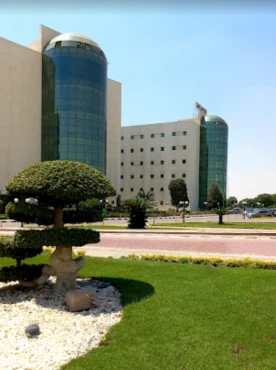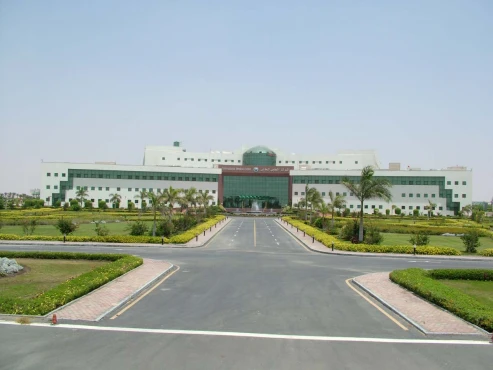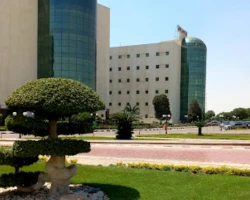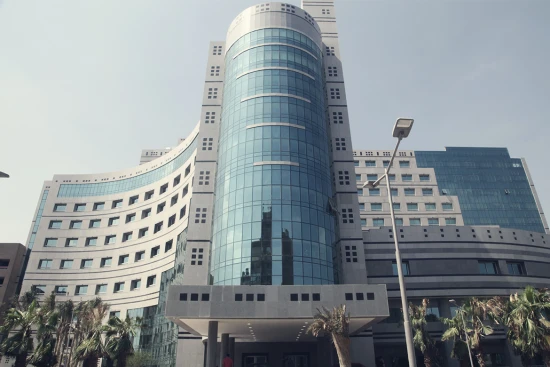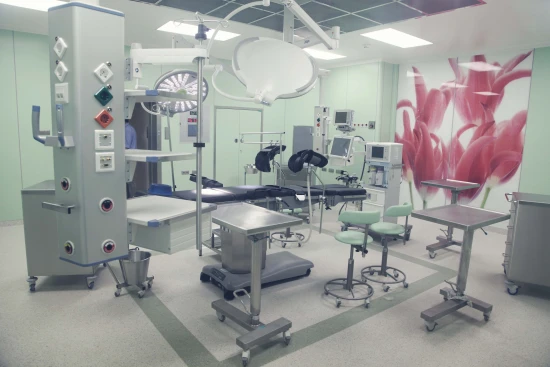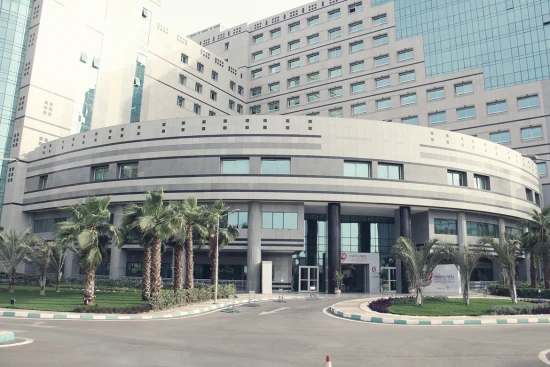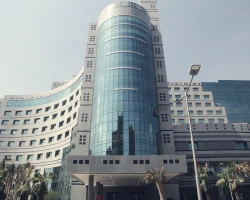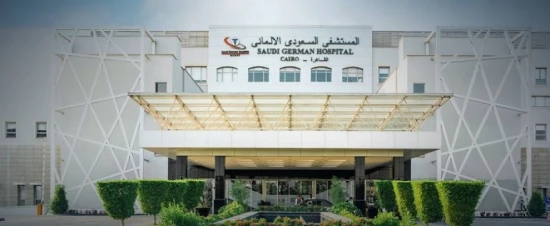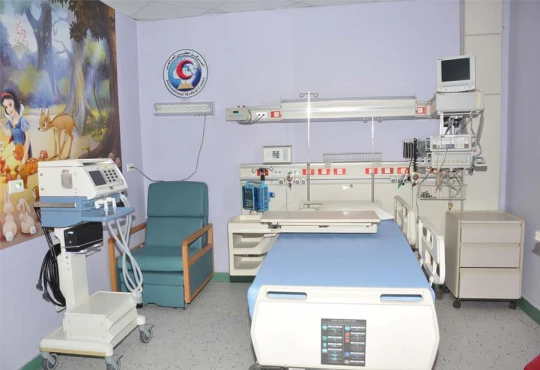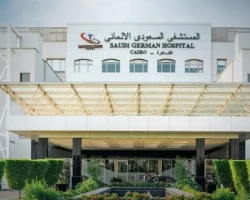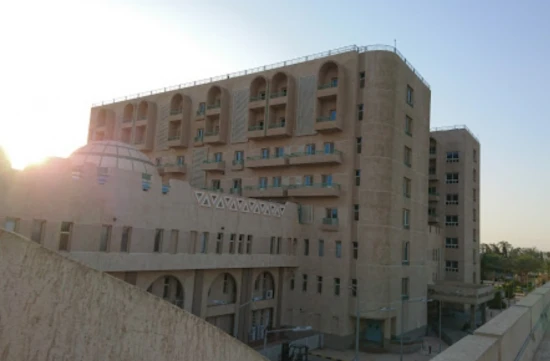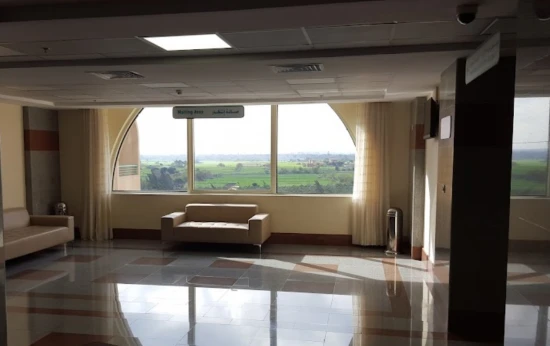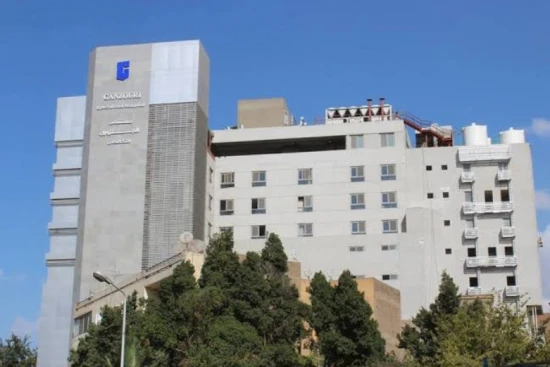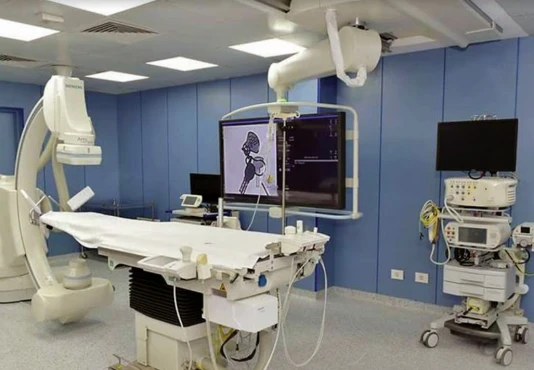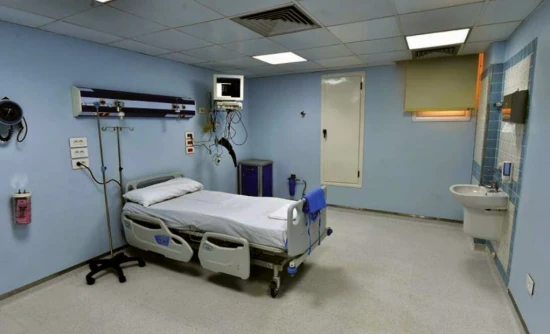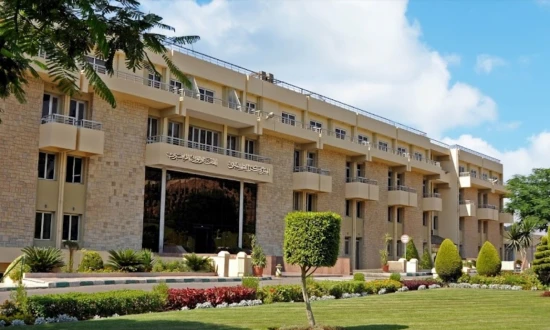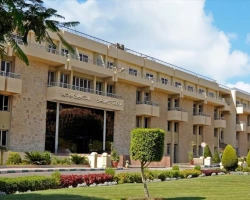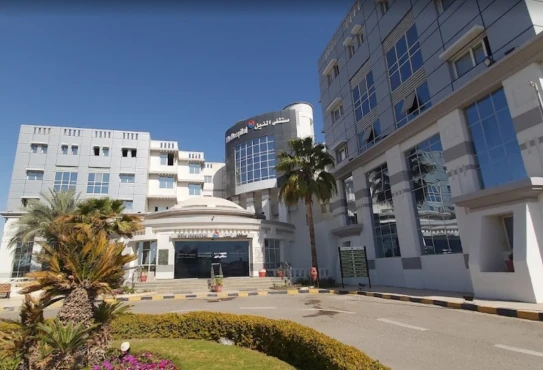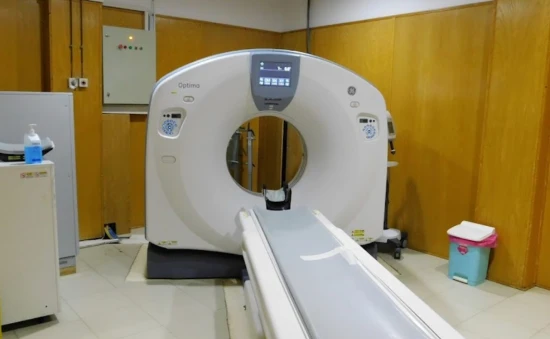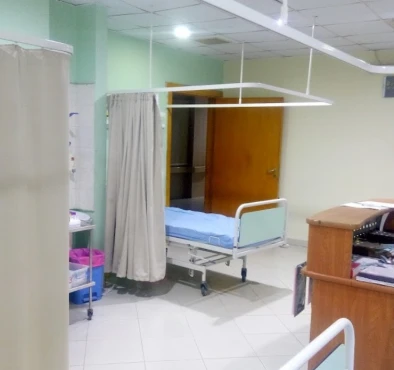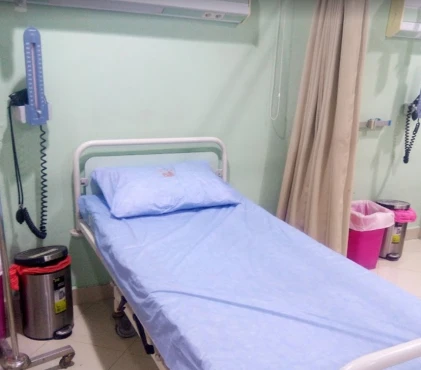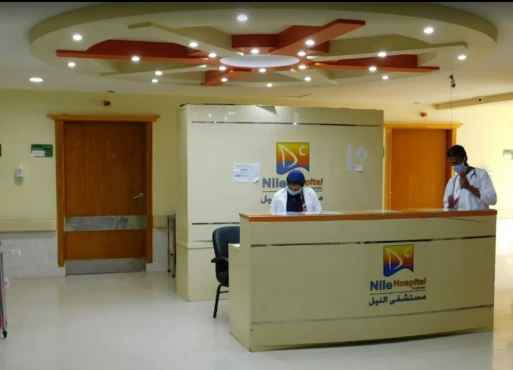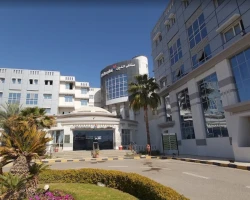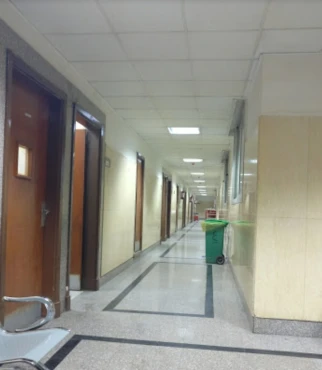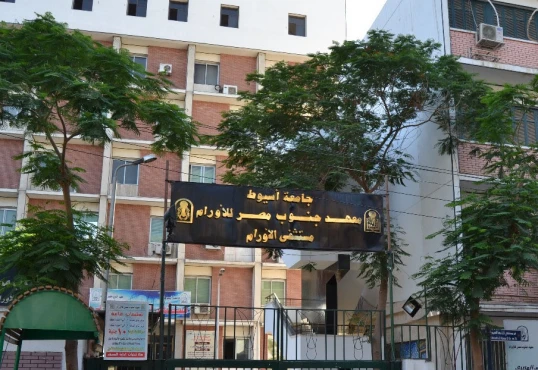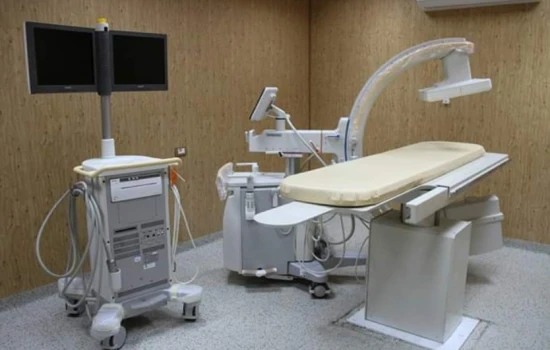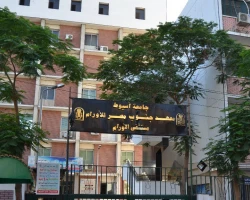Understanding Cholestatic Liver Disease: Causes, Symptoms, and Management
This comprehensive article explores Cholestatic liver disease, a complex condition characterized by impaired bile flow in the liver or bile ducts. It provides a detailed understanding of its causes, symptoms, diagnosis, treatment, potential complications, and recent advances in research. Additionally, it highlights the critical role of the liver in detoxification and digestion, underscoring the importance of maintaining liver health for overall well-being.
Introduction
Definition of Cholestatic Liver Disease
Cholestatic liver disease represents a group of conditions characterized by impaired bile flow, a crucial fluid produced by the liver for fat digestion and waste elimination. This impairment can be due to two primary causes: intrahepatic cholestasis, where the problem lies within the liver cells themselves, and extrahepatic cholestasis, caused by an obstruction in the bile ducts outside the liver. The interruption of bile flow leads to an accumulation of bile acids in the liver, resulting in liver cell damage and a range of systemic symptoms. The condition varies in severity and can manifest as acute, transient episodes or chronic, progressive disorders.
Overview of its Importance and Prevalence
Cholestatic liver disease is a significant health concern due to its potential to cause progressive liver damage and complications like cirrhosis and liver failure. The prevalence of this disease varies, with certain forms like primary biliary cholangitis being relatively rare, while others, such as drug-induced cholestasis, are more common. Its incidence spans all age groups, affecting both adults and children, with certain types having a genetic predisposition. The global prevalence of cholestatic liver diseases and their impact on public health underscore the need for increased awareness, early diagnosis, and effective management strategies.
Purpose of the Article
The purpose of this article is to provide a comprehensive understanding of cholestatic liver diseases, encompassing their definition, types, causes, symptoms, diagnostic methods, and treatment options. Aimed at healthcare professionals, patients, and caregivers, this article seeks to elucidate the complex nature of these diseases, offering insights into current research and advancements in treatment. By doing so, it aims to contribute to better disease management, improved patient outcomes, and heightened awareness of the challenges and needs of individuals living with cholestatic liver diseases. Through a detailed exploration of this topic, this article endeavors to be a valuable resource for all stakeholders involved in the care and support of individuals affected by these conditions.
Understanding the Liver and its Functions
The liver, one of the largest and most vital organs in the human body, serves as the primary hub for processing everything we consume, from food and drink to medicine. Its location, tucked away in the upper right quadrant of the abdomen, belies its importance in maintaining overall health and well-being.
Anatomy of the Liver
The liver is a multi-lobed organ, predominantly divided into the right and left lobes. It's supplied with blood by two main vessels: the hepatic artery and the portal vein. The hepatic artery brings oxygen-rich blood from the heart, while the portal vein carries nutrient-rich blood from the digestive organs. This unique dual blood supply enables the liver to perform its complex functions efficiently.
Key Functions of the Liver
- Metabolism: The liver plays a crucial role in metabolizing carbohydrates, proteins, and fats. It converts excess glucose into glycogen for storage and can also produce glucose from non-carbohydrate sources when needed, a process known as gluconeogenesis;
- Detoxification: One of the liver's most critical functions is detoxifying harmful substances. It breaks down drugs, alcohol, and other toxins, rendering them harmless or preparing them for excretion;
- Protein Synthesis: The liver synthesizes various proteins essential for body functions, including albumin (which regulates blood volume and pressure) and clotting factors (which are vital for blood coagulation);
- Bile Production and Detoxification: The liver cells (hepatocytes) produce bile, a fluid essential for digesting fats and absorbing fat-soluble vitamins (A, D, E, and K). Bile also helps in the excretion of certain waste products, including bilirubin, a byproduct of red blood cell breakdown. This process can be considered a form of "liver detox.";
- Storage of Vitamins and Minerals: The liver stores vitamins (such as vitamins A, D, E, K, and B12) and minerals (like iron and copper), releasing them into the bloodstream as needed;
- Immune Function: It also plays a role in the immune system, with the liver's Kupffer cells filtering pathogens and other foreign substances from the blood.
Introduction to Bile Production and its Role in Digestion and Detoxification
Bile, produced in the liver and stored in the gallbladder, is released into the small intestine during digestion. It contains bile acids, cholesterol, and bilirubin, among other components. Bile acids are crucial for emulsifying fats, breaking them down into smaller droplets that can be easily digested by enzymes. This process is essential for the absorption of dietary fats and fat-soluble vitamins.
Additionally, bile plays a role in detoxification. As the liver processes toxins and waste products, they are often incorporated into bile and excreted from the body through the feces. This is one of the liver's mechanisms for detoxifying harmful substances.
What is Cholestatic Liver Disease?
Cholestatic liver disease refers to a spectrum of conditions characterized by an impairment or cessation of bile flow from the liver to the small intestine. This interruption in bile flow can result from a variety of intrahepatic (within the liver) or extrahepatic (outside the liver) causes. Understanding the nuances of this disease is crucial for accurate diagnosis and effective management.
Detailed Definition of Cholestasis
Cholestasis, at its core, is a disorder involving the bile, a digestive liquid produced by the liver. The term itself derives from two Greek words: "chole," meaning bile, and "stasis," meaning standing still. In Cholestatic liver disease, bile flow is obstructed or reduced, leading to its accumulation within the liver. This buildup can cause liver cell damage, inflammation, and in severe cases, fibrosis or cirrhosis.
Different Types of Cholestatic Liver Disease
- Intrahepatic Cholestasis: This form occurs within the liver and is often associated with diseases that directly damage the liver cells or bile ducts. Conditions like primary biliary cholangitis (PBC) and primary sclerosing cholangitis (PSC) are typical examples. Intrahepatic cholestasis can also be drug-induced or a result of genetic disorders;
- Extrahepatic Cholestasis: This type happens outside the liver, usually due to an obstruction in the bile ducts. Common causes include gallstones, bile duct tumors, or strictures (narrowing of the bile ducts). Pancreatic diseases, like pancreatic cancer or pancreatitis, can also lead to extrahepatic cholestasis by compressing or blocking the bile ducts.
Epidemiology – Who is Affected?
The prevalence of Cholestatic liver disease varies based on the type and underlying cause. Certain forms, such as genetic disorders causing cholestasis, are rare and usually present in infancy or early childhood. In contrast, diseases like gallstones, leading to extrahepatic cholestasis, are more common in adults, particularly among older individuals and women. Globally, the incidence and prevalence of these diseases are influenced by factors like genetics, lifestyle, and environmental exposures.
Causes and Risk Factors
The development of Cholestatic liver disease can be attributed to a myriad of causes and risk factors, which vary depending on whether the cholestasis is intrahepatic or extrahepatic. Understanding these factors is crucial for the prevention, early detection, and treatment of the disease.
Genetic Factors
- Genetic Disorders: Certain genetic conditions, such as Progressive Familial Intrahepatic Cholestasis (PFIC), Alagille syndrome, and Gilbert's syndrome, can lead to intrahepatic cholestasis. These conditions are typically inherited and can manifest early in life, affecting the liver's ability to transport bile;
- Polymorphisms: Genetic variations or polymorphisms in genes related to bile acid transport and metabolism can also predispose individuals to cholestasis, particularly drug-induced cholestasis.
Autoimmune Disorders
- Primary Biliary Cholangitis (PBC): An autoimmune condition where the body's immune system mistakenly attacks the small bile ducts within the liver, leading to cholestasis;
- Primary Sclerosing Cholangitis (PSC): Another autoimmune condition, which primarily affects the larger bile ducts, both inside and outside the liver, causing inflammation and scarring.
Blockages in the Bile Ducts
- Gallstones: The most common cause of extrahepatic cholestasis, where gallstones block the bile ducts, preventing bile from flowing to the intestine;
- Bile Duct Strictures: Narrowing of the bile ducts due to injury or surgical complications can impede bile flow;
- Tumors: Cancers of the bile duct (cholangiocarcinoma) or pancreas can obstruct the bile ducts.
Medications and Toxins
- Certain Medications: Drugs like antibiotics, steroids, and hormonal therapies can induce cholestasis by disrupting bile secretion or causing inflammation in the bile ducts;
- Toxins: Exposure to industrial toxins like arsenic or vinyl chloride may also contribute to the development of cholestatic liver disease.
Infections Affecting the Liver
- Viral Hepatitis: Hepatitis viruses, particularly hepatitis C, can cause intrahepatic cholestasis;
- Bacterial Infections: Bacterial infections in the liver or bile ducts, like cholangitis, can lead to cholestasis.
Other Underlying Health Conditions
- Pregnancy: Cholestasis of pregnancy, also known as obstetric cholestasis, occurs due to the hormonal and physiological changes during pregnancy;
- Alcohol Abuse: Chronic alcohol consumption can lead to liver damage and cholestasis;
- Obesity and Metabolic Syndrome: These conditions are associated with an increased risk of gallstones and non-alcoholic fatty liver disease, which can lead to cholestasis.
Symptoms and Diagnosis
Cholestatic liver disease can present a range of symptoms, which vary depending on the severity and underlying cause of the condition. Accurate diagnosis is critical for effective treatment and management.
Common Symptoms of Cholestatic Liver Disease
- Jaundice: Yellowing of the skin and eyes due to the accumulation of bilirubin, a byproduct of red blood cell breakdown, is one of the most noticeable signs of cholestasis;
- Pruritus (Itching): Accumulation of bile salts in the skin can cause persistent and severe itching, often the first and most troublesome symptom;
- Pale Stools and Dark Urine: Due to the altered excretion of bile, stools may become pale or clay-colored, and urine may darken;
- Fatigue and Weakness: Common in many liver disorders, these symptoms can be particularly pronounced in cholestatic conditions;
- Abdominal Pain: Especially in extrahepatic cholestasis, pain may occur in the upper right abdomen;
- Weight Loss and Decreased Appetite: These symptoms may occur due to malabsorption of nutrients;
- Vitamin Deficiencies: Particularly of the fat-soluble vitamins (A, D, E, K), leading to symptoms like night blindness, osteoporosis, easy bruising, and bleeding disorders.
Diagnostic Methods
- Blood Tests: Liver function tests can reveal elevated levels of liver enzymes, bilirubin, and bile acids, which are indicative of cholestasis. Complete blood count and coagulation tests may also be performed;
- Imaging Tests:
- Ultrasound: Often the first imaging test done, it can detect gallstones, tumors, or structural abnormalities in the liver and bile ducts;
- CT Scan and MRI: These provide detailed images of the liver and bile ducts, helping to identify blockages or tumors;
- MRCP (Magnetic Resonance Cholangiopancreatography): A specialized MRI that visualizes the bile ducts, pancreatic duct, and gallbladder.
- Liver Biopsy: A biopsy, where a small tissue sample is taken from the liver, can be definitive in diagnosing certain types of cholestatic liver diseases, especially those of intrahepatic origin;
- Endoscopic Retrograde Cholangiopancreatography (ERCP): Used mainly for extrahepatic cholestasis, ERCP can diagnose and sometimes treat blockages in the bile ducts;
- Genetic Testing: Recommended in cases where a hereditary form of liver disease is suspected.
Treatment and Management
The treatment and management of Cholestatic liver disease are tailored to the underlying cause and severity of the condition. The primary goals are to alleviate symptoms, prevent complications, and halt disease progression. A multidisciplinary approach involving hepatologists, gastroenterologists, dietitians, and, in some cases, surgeons, is often required.
Medical Treatments
- Medications:
- Ursodeoxycholic Acid (UDCA): Commonly used to improve bile flow and reduce liver inflammation in conditions like primary biliary cholangitis;
- Cholestyramine: A bile acid sequestrant used to alleviate itching;
- Antihistamines: Can also be prescribed to help with itching;
- Steroids: Used in some autoimmune-related cholestasis to reduce inflammation;
- Antibiotics: For treating or preventing infections in cases of bile duct obstruction;
- Vitamin Supplements: Essential for patients with malabsorption of fat-soluble vitamins (A, D, E, K);
- Surgical Options:
- Biliary Drainage Procedures: In cases of bile duct obstruction, procedures like ERCP or percutaneous transhepatic cholangiography (PTC) can be used to remove blockages or place stents;
- Liver Transplant: Considered in advanced cases or when other treatments fail.
Lifestyle Modifications and Home Care
- Diet and Nutrition: A well-balanced diet, rich in vitamins and low in fats, is recommended. Patients may need to take vitamin supplements, particularly if malabsorption is an issue;
- Avoidance of Alcohol and Toxins: Reducing the liver's workload and exposure to further damage is crucial;
- Regular Exercise: Helps in maintaining overall health and can aid in managing symptoms like fatigue.
The Role of Diet and Nutrition
- Low-Fat Diet: Since bile is essential for fat digestion, a low-fat diet can help minimize symptoms like diarrhea and abdominal discomfort;
- Small, Frequent Meals: Can aid in better digestion and absorption of nutrients;
- Fat-Soluble Vitamin Supplementation: Necessary to compensate for their malabsorption.
Long-Term Management and Monitoring
- Regular Follow-Up: Regular check-ups with healthcare providers are crucial for monitoring liver function and the progression of the disease;
- Screening for Complications: Regular screening for liver cirrhosis, portal hypertension, and liver cancer is recommended, particularly in chronic cases;
- Patient Education: Educating patients about their condition, treatment options, and lifestyle modifications is essential for effective management.
Complications and Prognosis
Cholestatic liver disease, if not effectively managed, can lead to several complications, some of which can be severe and life-altering. Understanding these potential complications is crucial for both healthcare providers and patients to ensure timely intervention and appropriate management. The prognosis of cholestatic liver disease varies depending on the underlying cause, severity, and the patient's overall health status.
Potential Complications
- Liver Cirrhosis: Chronic cholestasis can lead to liver fibrosis, which may progress to cirrhosis. Cirrhosis is the scarring of liver tissue that can impair liver function significantly;
- Liver Failure: In severe cases, cholestasis can result in liver failure, a life-threatening condition where the liver loses its ability to function properly;
- Portal Hypertension: This condition is characterized by increased blood pressure in the portal vein system and can occur as a consequence of cirrhosis. It can lead to serious complications like variceal bleeding;
- Fat-Soluble Vitamin Deficiencies: Chronic cholestasis impairs the absorption of fat-soluble vitamins (A, D, E, K), leading to deficiencies. These deficiencies can cause a range of health issues, including bone disorders (osteoporosis), night blindness, and coagulopathy;
- Gallstones and Biliary Strictures: Prolonged bile stasis can lead to the formation of gallstones and strictures (narrowing) in the bile ducts, which can exacerbate cholestasis;
- Cholangitis: In cases of bile duct obstruction, there is a risk of developing cholangitis, an infection of the bile ducts, which can be life-threatening if not treated promptly;
- Hepatocellular Carcinoma (Liver Cancer): Long-standing cholestasis, particularly in conditions like primary sclerosing cholangitis, can increase the risk of liver cancer.
Prognosis
The prognosis of cholestatic liver disease is highly variable and depends on several factors:
- Underlying Cause and Severity: Conditions like primary biliary cholangitis may have a slower progression compared to more aggressive diseases like cholangiocarcinoma;
- Response to Treatment: How well a patient responds to treatment greatly influences the prognosis. Early diagnosis and effective management can significantly improve outcomes;
- Age and Overall Health: Younger patients and those without other significant health issues generally have a better prognosis;
- Complications: The development of complications like cirrhosis or liver cancer can worsen the prognosis;
- Lifestyle Factors: Adherence to treatment, lifestyle modifications, and regular medical follow-up can positively impact the prognosis;
- Advancements in Treatment: Emerging therapies and advances in liver transplant techniques are continually improving the outlook for many patients with cholestatic liver diseases.
Advances in Research and Future Directions
The field of hepatology has witnessed significant advancements in the understanding and management of cholestatic liver diseases. Ongoing research endeavors continue to shed light on the underlying mechanisms, diagnostic tools, and innovative treatment modalities. Here, we delve into some of the recent advances and potential future directions in the realm of cholestatic liver disease.
- Genetic Insights
Recent research has identified novel genetic mutations and variations associated with cholestatic liver diseases. Understanding the genetic underpinnings of these conditions not only aids in accurate diagnosis but also paves the way for personalized treatment approaches. Targeted therapies based on an individual's genetic profile hold promise in the field. - Precision Medicine
Advancements in precision medicine have opened doors to tailoring treatments for cholestatic liver diseases. Individualized approaches that consider a patient's genetic, molecular, and clinical characteristics can lead to more effective and less invasive treatments. This approach is particularly significant in managing conditions like primary biliary cholangitis. - Biologic Therapies
Biologic therapies, including monoclonal antibodies and other targeted agents, are being explored as potential treatments for autoimmune cholestatic liver diseases. These therapies aim to modulate the immune system's response, reducing inflammation and preventing further liver damage. - Artificial Intelligence and Machine Learning
The application of artificial intelligence (AI) and machine learning in hepatology is on the rise. These technologies have the potential to enhance early diagnosis and risk prediction for cholestatic liver diseases. AI algorithms can analyze medical imaging, such as MRI and CT scans, to detect subtle changes in the liver and bile ducts, aiding in earlier interventions. - Non-Invasive Diagnostic Tools
Research is focused on developing non-invasive diagnostic tools for cholestatic liver diseases. Blood-based biomarkers and advanced imaging techniques, such as elastography, are being investigated as alternatives to liver biopsies. These tools offer the advantage of reduced patient discomfort and risks. - Gut-Liver Axis Studies
Emerging research is exploring the intricate relationship between the gut microbiome and liver health. Understanding how gut bacteria influence bile metabolism and liver function opens avenues for novel therapeutic interventions. Probiotics and microbiome-modulating therapies are being investigated for their potential in cholestatic liver disease management. - Regenerative Medicine
Regenerative medicine holds promise for repairing damaged liver tissue. Stem cell therapies and tissue engineering approaches are being explored to replace damaged bile ducts and liver cells, offering potential cures for certain cholestatic liver diseases. - Patient-Centered Care
Future directions in cholestatic liver disease management emphasize patient-centered care. This includes empowering patients with knowledge about their condition, involving them in treatment decisions, and providing comprehensive support to address their physical and emotional needs.
Conclusion
Cholestatic liver diseases represent a complex and diverse group of conditions that profoundly impact the lives of those affected. This comprehensive article has explored the intricacies of these diseases, from their definition and causes to their diagnosis, treatment, and future directions in research and care.
In conclusion, it is crucial to emphasize the significance of early detection and timely intervention in cholestatic liver diseases. With advances in medical research, healthcare providers have more tools at their disposal than ever before to accurately diagnose and effectively manage these conditions. Personalized medicine, genetic insights, and innovative therapies are reshaping the landscape of liver disease management, offering hope to patients and their families.
However, the journey of living with cholestatic liver disease extends beyond medical treatments. It involves a holistic approach that includes patient education, emotional support, and a collaborative partnership between healthcare professionals and patients. The empowerment of patients with knowledge about their condition and the provision of resources to address their unique needs are essential components of comprehensive care.
As the field of hepatology continues to evolve, ongoing research endeavors and advancements in technology hold the promise of improved outcomes and a better quality of life for individuals living with cholestatic liver diseases. It is incumbent upon healthcare providers, researchers, and the broader medical community to work together to translate these advancements into tangible benefits for patients.
In closing, the journey towards better understanding, diagnosing, and managing cholestatic liver diseases is an ongoing one. Through continued research, patient advocacy, and a commitment to patient-centered care, we can look forward to a future where the burden of these diseases is reduced, and individuals affected by them can lead healthier and more fulfilling lives.

